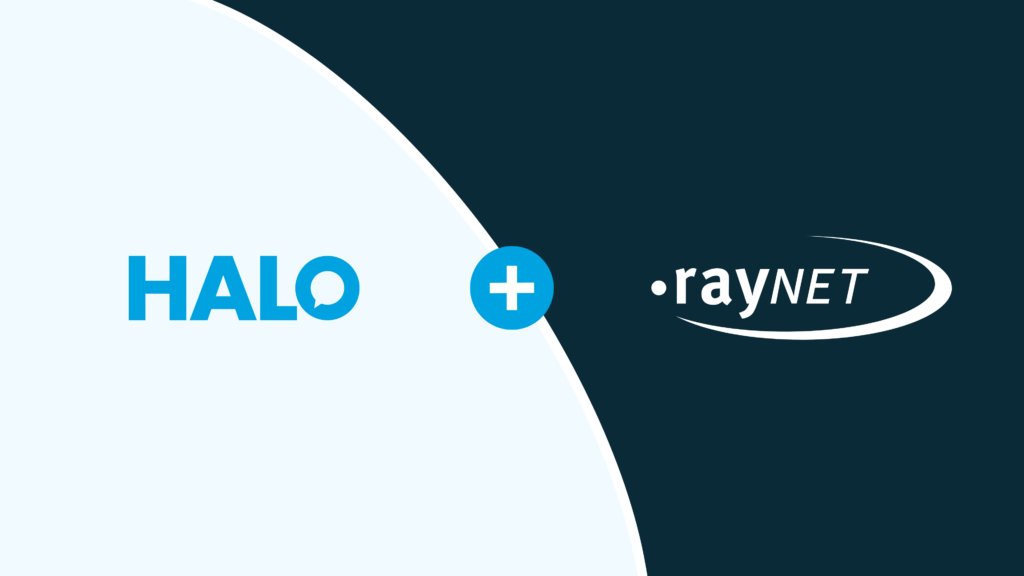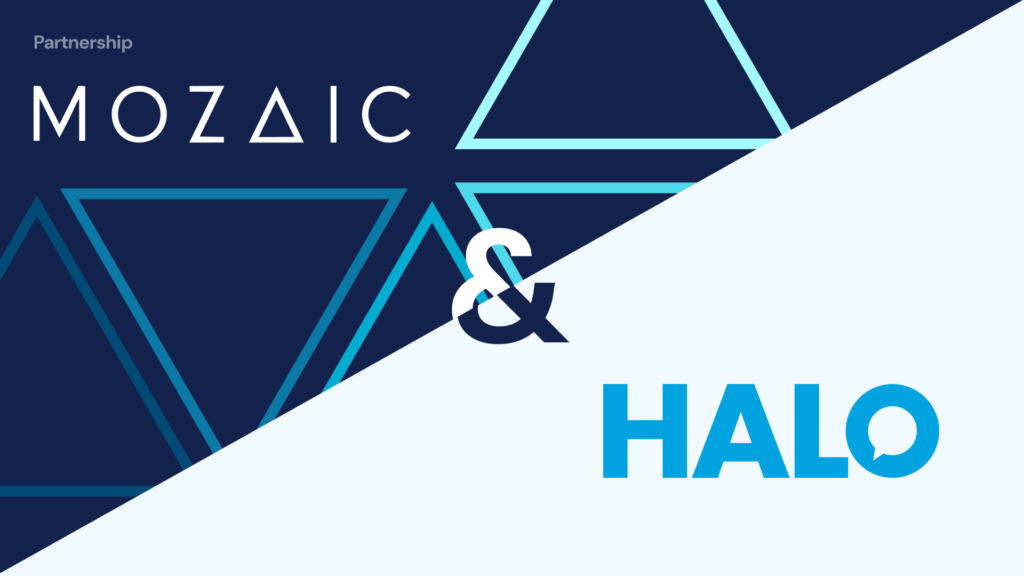The Challenge
At Sackers, user experience is everything. As a leading law firm specialising in pensions and retirement savings, their lawyers and staff need IT that supports them without getting in the way – so they can focus on clients, not chasing IT issues.
IT at Sackers has always been about providing a high-touch, white-glove service. The team prides itself on meeting users where they are, ensuring issues are handled quickly, personally, and with minimal disruption. But their previous SharePoint-based ticketing system made that difficult. It wasn’t just inefficient, it was actively getting in the way of a smooth user experience.
- Emails were the norm, but the system didn’t capture follow-ups from Teams, meaning critical context was often missing.
- Tracking tickets was a struggle – employees had no easy way to check progress, leading to frustration and repeat follow-ups.
- Collaboration was difficult – without private team notes, IT staff couldn’t assist apprentices or quickly share updates internally.
Having tried three different systems over the years, Sackers needed a solution that would fit seamlessly into their workflow, without forcing users into rigid processes that didn’t suit them.
The Solution
In 2023, Sackers implemented HaloITSM, knowing they needed a solution that worked around their users, not the other way around. Through a partner-led implementation, they worked closely to configure the system in a way that enhanced their white-glove approach rather than replacing it.
With the right setup in place, Sackers saw immediate improvements:
- Real-time ticket visibility – employees can now log in and track their requests, reducing unnecessary follow-ups.
- A user-first approach – the team remains highly responsive via email while gaining better tracking, automation, and efficiency behind the scenes.
- Seamless Teams integration – agents can now communicate with end-users directly from the ticket, ensuring faster resolution and keeping all interactions in one place.
- Stronger team collaboration – IT staff can access all tickets, step in when a colleague is away, and use private notes to support junior team members
- Proactive service management – the Service Delivery Manager can now identify and resolve issues before users even notice them.
Beyond these enhancements, the system has proven to be extremely reliable. As Danny O’Connor, Director of Technology, notes, “I don’t think we have had to log a single ticket to support since we’ve been implemented. It’s been so robust, and it just works.”
With a robust and reliable system in place, Sackers’ IT team has been able to shift its focus from firefighting issues to enhancing the overall user experience. Their next priority is improving out-of-hours support by building a customer-facing knowledge base, offering self-service options for users who want to resolve minor issues independently.
Results
Since implementing HaloITSM, Sackers has transformed the way they deliver IT support, without compromising on user experience.
- 95.4% positive feedback rate on incidents.
- CSAT score of 70% overall, with a 97.7% CSAT in the last three months, showing rising satisfaction.
- Lightning-fast response times
- Medium-priority incidents are responded to in just 1.82 minutes.
- Low-priority incidents take only 16.51 minutes.
But at the heart of it all, Sackers remains committed to delivering IT support in a way that puts people first. They won’t force users into a portal-only model or push automation at the cost of personal service.
“We’re happy if they’re happy. We want to meet people where they are. The less tickets, the better - it means that everything is working well.”
-Danny O’Connor, Director of Technology
Looking ahead, Sackers plans to enhance its out-of-hours support by developing a customer-facing knowledge base, providing self-service options for users who prefer to resolve minor issues independently.









